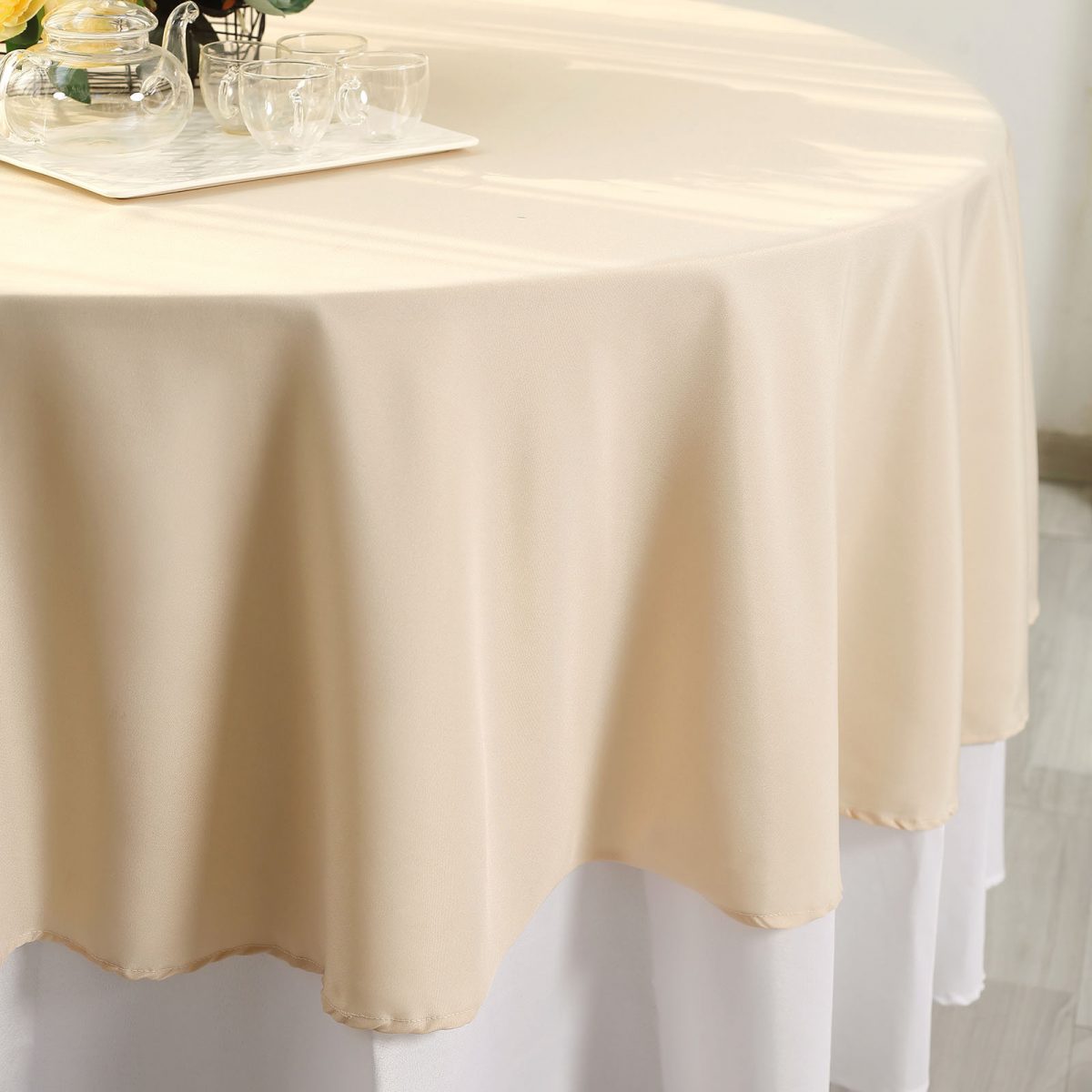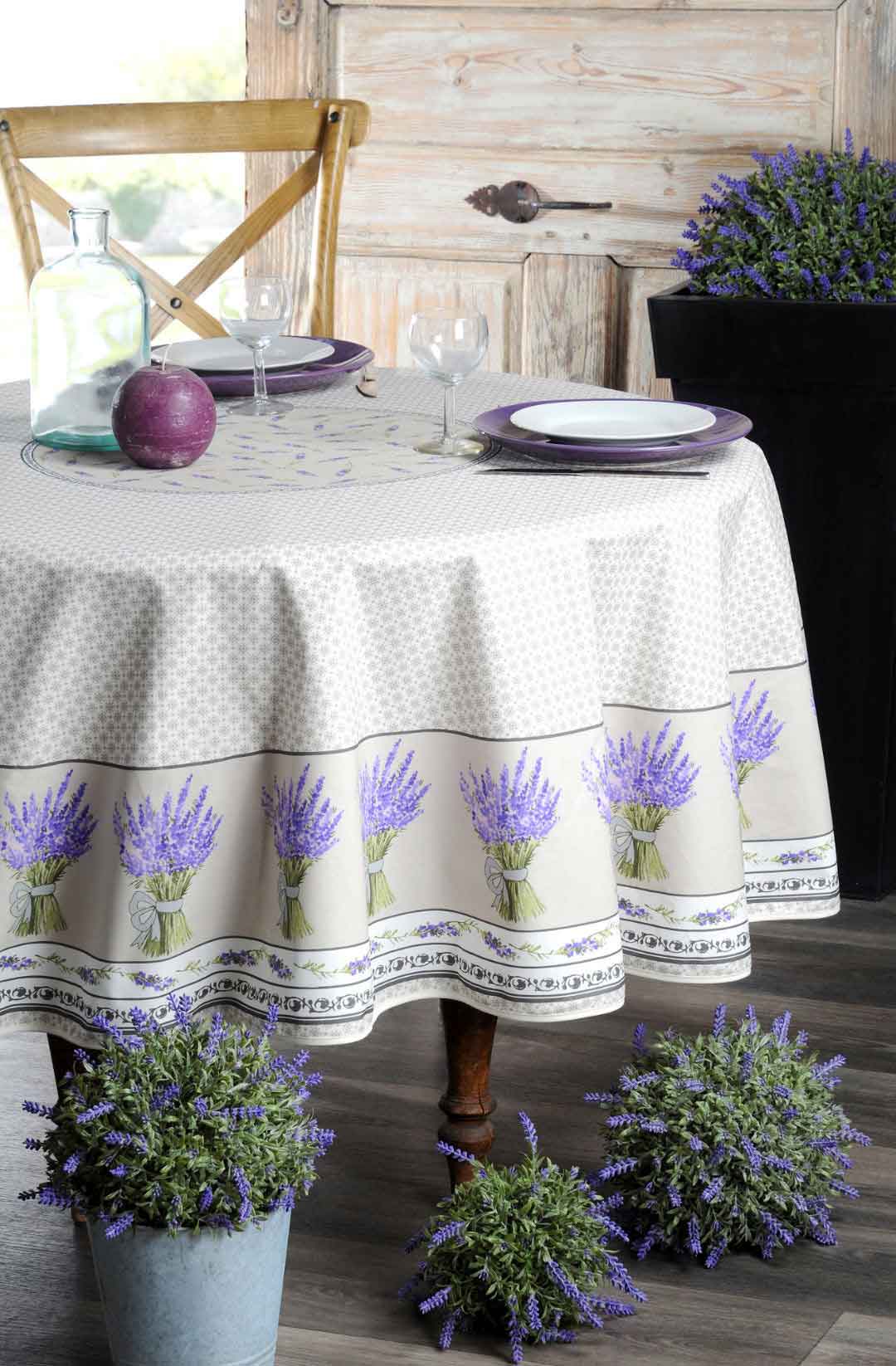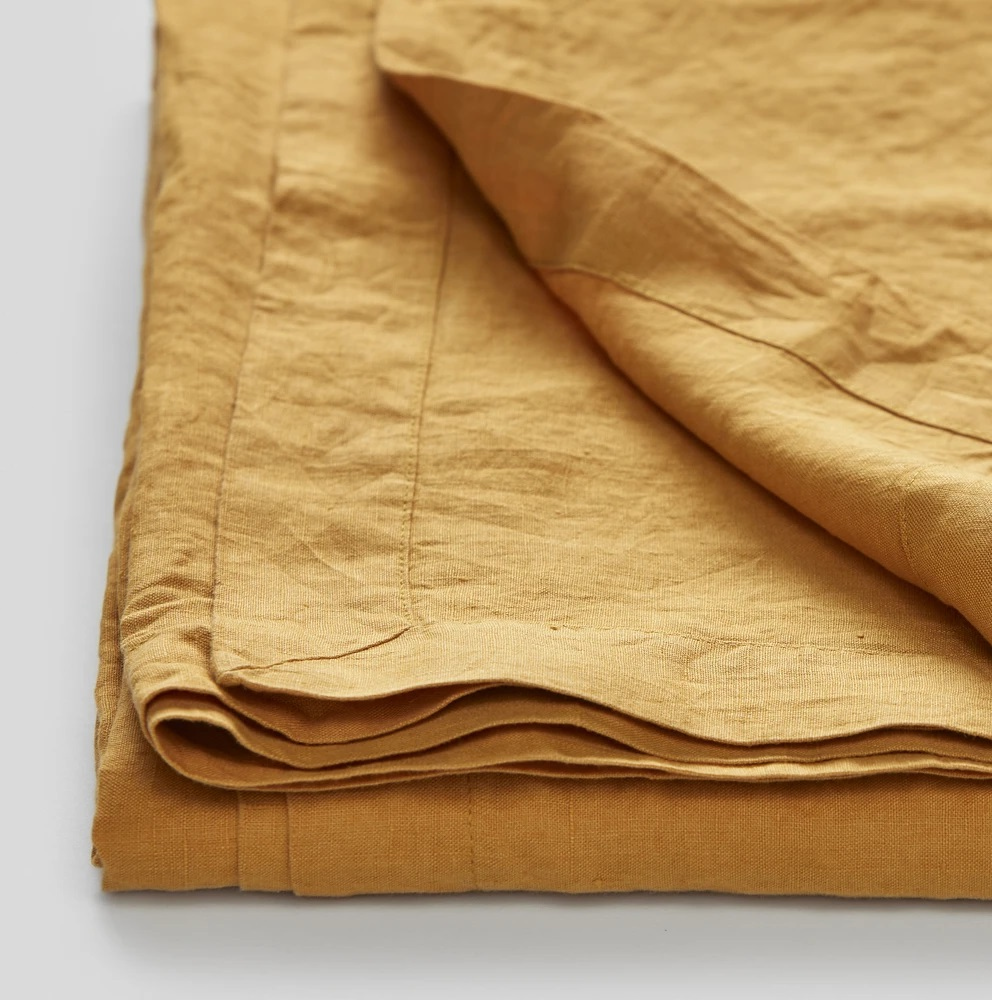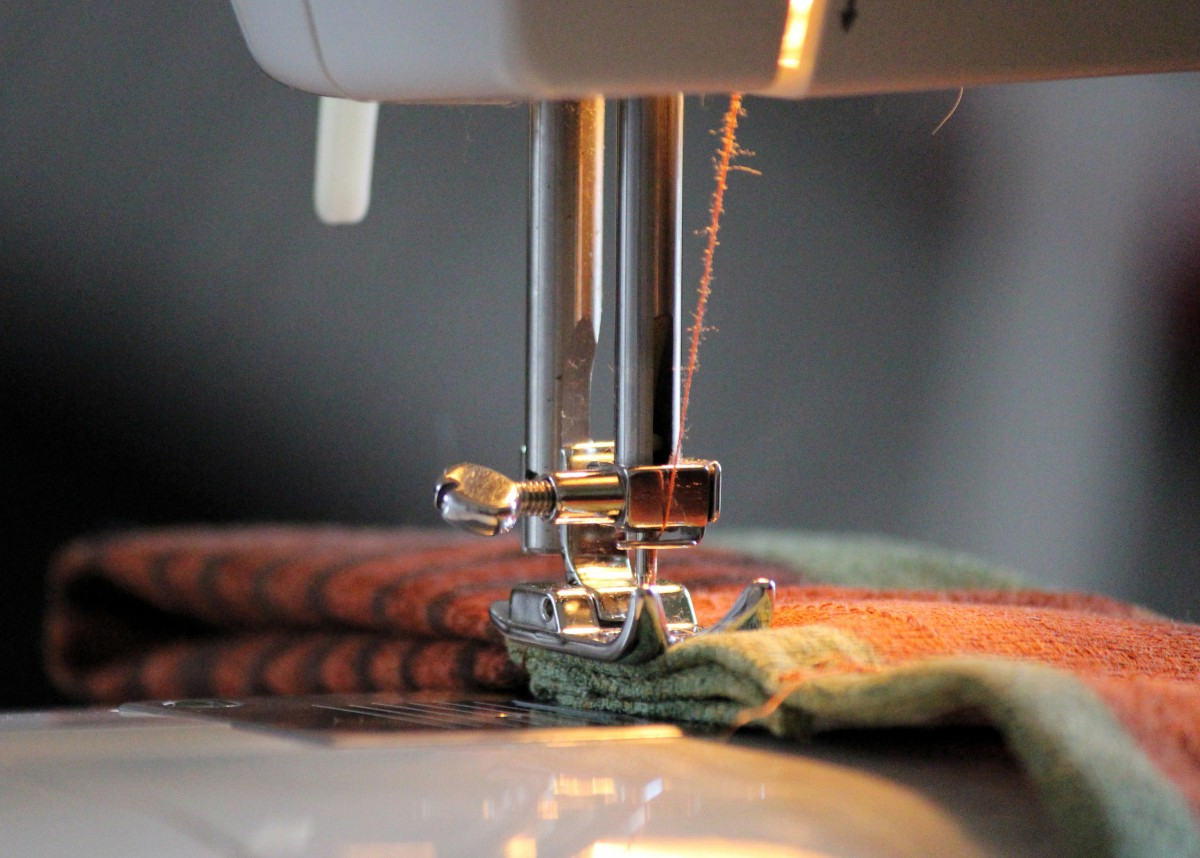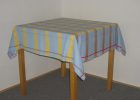90 Round Tablecloths Yardage Measuring Method You Should Aware Of | Table Covers Depot
A tablecloth can be made in a wide range of fabrics. From the simple linen, the flannel, satin, sequins, and many more. After all, you have many options to buy. But how if the exact table linen size is not available? You might have to make one. If you are interested in making your tablecloth you need to know the amount of fabric by measuring the yardage. For your 90 round tablecloths, here are the yardage measurement method you should know beforehand.
See also: Tablecloth for Small Round Table: Standards and How to Measure
The Size Of The Fabric
Before you go to the yardage, you should know the size of the tablecloth. Here, there are some measurements you should take on. The size of the table, the drop length, the hem, and the dimension of cut fabrics. All in all, you will start with a rectangular piece of cloth. That is why you need to be careful at measuring the round table linen. In this case, you will need to measure the diameter of the table which later will determine the total fabric you need.
After that, determine how long the drop for your table cloth. Add the desired drop length to the previous table measurement. The next thing to do is to multiply the drop and add to the diameter plus extra inch for the 90 round tablecloths’ hem. For example, the 90 –inch diameter table linen with 12 inches drop. So it would be 12 x 2 + 90 + 1= 115 inches. Take a hold on to that measurement to determine the fabric size using the Yardage formula.
Figuring Out How Many Widths Of Fabric You Need
Now that you know that the size of the tablecloth needs to be, you can figure out how much yardage you need. Just like the example, the size of your desired stable cloth will be around 115 inches. After you got that number now you can continue to count the size. First, you have to take the total tablecloth size and then multiply the number by two. For this example, the total size is around 115 inches. That means 115 x 2 = 230 inches.
Your 90 round tablecloths yardage measurement will later need to be converted into the yard. In this case, you got the number of 230 inches for the total fabric width you need. To convert it you can divide the number by 36. If you count carefully, the result will be 6.38. Round up the number into 6.4 yards. This the size of fabric you will need to make the desired 90 inches round table cloth. Now go to the next step, to cut and hem the tablecloth.
Get Enough Fabric Or Sew Pieces Together
Worth noting that there are two possibilities regarding the width of your tablecloth. First is if the width of the fabric is wider than the width needed for the table cloth you just need to get enough yard for the length. But on the other hand, if your 90 round tablecloths’ fabric isn’t wide enough you may need to sew pieces together. In this case, since the size is greater than 90″ most likely you will need to do the second option and seam the table cloth.
All in all, the yardage measurement will be determined from the tablecloth size. For the round table linen, you will need to multiply the size of the cloth. Which is later will determine whether you need to sew pieces together or not. In this case, the 90 inch round tablecloth will need a very width fabric that leads into sewing pieces together. If you don’t mind with a seamed tablecloth, this measuring method will be important for your project.
See also: How You Can Attend 120 Inch Round Tablecloth With Minimal Budget
So, if you wish to receive the outstanding pics regarding 90 Round Tablecloths Yardage Measuring Method You Should Aware Of, click on save icon to download the graphics in your personal computer. They are ready for download, if you like and want to have it, just click save logo on the web page, and it’ll be directly down loaded to your home computer.
Here you are at tablecoversdepot.com, article above 90 Round Tablecloths Yardage Measuring Method You Should Aware Of published. Lots of people trying to find info about round tablecloths sizes and of course one of them is you, is not it?

